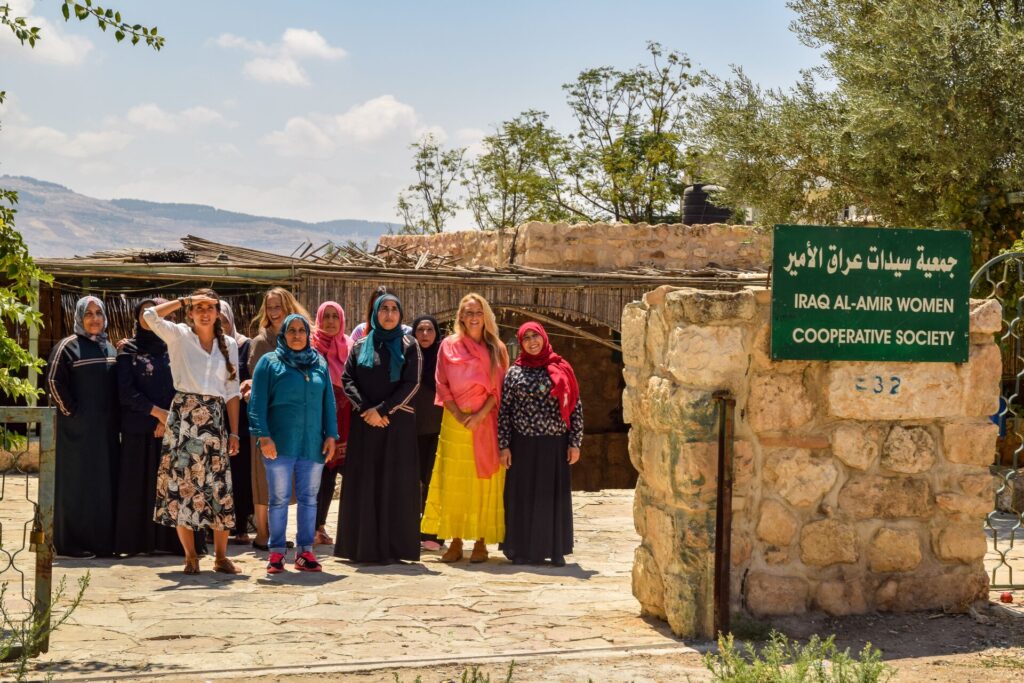Within the streets and alleyways of San Francisco’s Chinatown lie intriguing stories and a rich cultural history, including the birth of San Francisco itself. Full of colorful shops, historic streetlights, hanging lanterns and delicious cuisine, America’s oldest Chinatown has been home to a significant Chinese population in San Francisco for over 150 years.
We invite you to join a memorable MAKE TRAVEL MATTER® Experience on a youth-led walking tour of Chinatown’s alleys, to discover San Francisco’s Chinatown history from those that know it best.
CHINATOWN ALLEYWAY TOURS
Step off the main streets and into the alleyways with your student youth guide to learn about the daily life, rich history and modern-day issues of San Francisco’s Chinatown. As you walk you will discover the history of San Francisco and its relationship with Chinatown, as well as its cultural impact on the surrounding communities. Your guide will sharing personal stories including what it is like to be a resident of Chinatown, and highlight the struggles and triumphs of the community and the preservation of this vibrant and influential neighborhood.
This a fascinating opportunity to get a locals’ perspective of the neighborhood and, by joining this MAKE TRAVEL MATTER® Experience and supporting Chinatown Alleyway Tours, your visit helps to fund youth programming for residents of Chinatown. As well as gaining a fascinating and unique perceptive of the area, participation in the tour supports education, entrepreneurship and tourism for underrepresented cultures.
Discover on: Best of California
A BRIEF SAN FRANCISCO CHINATOWN HISTORY
The birth of San Francisco: Within the heart of Chinatown lies Portsmouth Square, the location of the first private residence of San Francisco. The house was built sometime around 1822 by an English sailor. The handful of houses that then built up around the square in 1846 were the beginning of San Francisco.
The Gold Rush and the first settlers: Lured by the Gold Rush of 1848 when gold was discovered in the Sierra foothills, in 1850 around 20,000 Chinese arrived. San Francisco was the port of entry for the gold fields as men stocked up on provisions. Soon Chinese merchants set up businesses and shops in what is now Chinatown.
The Transcontinental Railroad: Many Chinese men came to America to work on the Transcontinental Railroad in the mid 1800’s, which also increased the Chinese population of San Francisco. When the railroad was complete, many came to the city with their families and made it their home.
Earthquake of 1906 and the New Chinatown: In 1906 a huge earthquake set off a fire that destroyed much of the older part of San Francisco, including Chinatown, a pivotal moment in the history of Chinatown. Plans were made to rebuild in another part of the city, but residents quickly rebuilt to stop those plans. At the time it was rebuilt in Edwardian style, with Chinese inspired decorations, giving a nod to the old China. St Mary’s Church is the only structure to survive the inferno.
Read more: Why learning through travel is the best way to keep your mind young
HISTORIC POINTS OF SAN FRANCISCO’S CHINATOWN
With so much to see and do in Chinatown, your senses will be alive and kicking, and do keep an eye out for these historic points. The ornate Dragon’s Gate, a traditional stone archway, and one of the most photographed spots in Chinatown, marks the southern entrance to neighborhood and has been greeting visitors since 1970.
Portsmouth Square, where the first private residence of the city was built, is now a park in the center of Chinatown and is home to many historical markers and statues. Unfortunately, the original house no longer stands, but today Portsmouth Square serves as a meeting place for locals to enjoy the sunshine, and play chess and practice Tai Chi, and is a great place to discover San Francisco Chinatown and history watch the local culture unfurl around you.
The Tin How Temple in Waverly Place is the oldest Chinese temple in the United States., dating back to the 1050s and is still an active place of worship.
Waverly Place, aka the Street of the Painted Balconies, is now one of the prettiest and most charming alleys in Chinatown. However, it is also the site of one of Chinatown’s most notorious gang fights in 1879, when 50 men from two tongs fought in the small alley, leaving four men dead, a dark moment in the history of Chinatown.
If you are keen to gain a unique insight into San Francisco’s Chinatown, book onto our Best of California premium guided tour.



